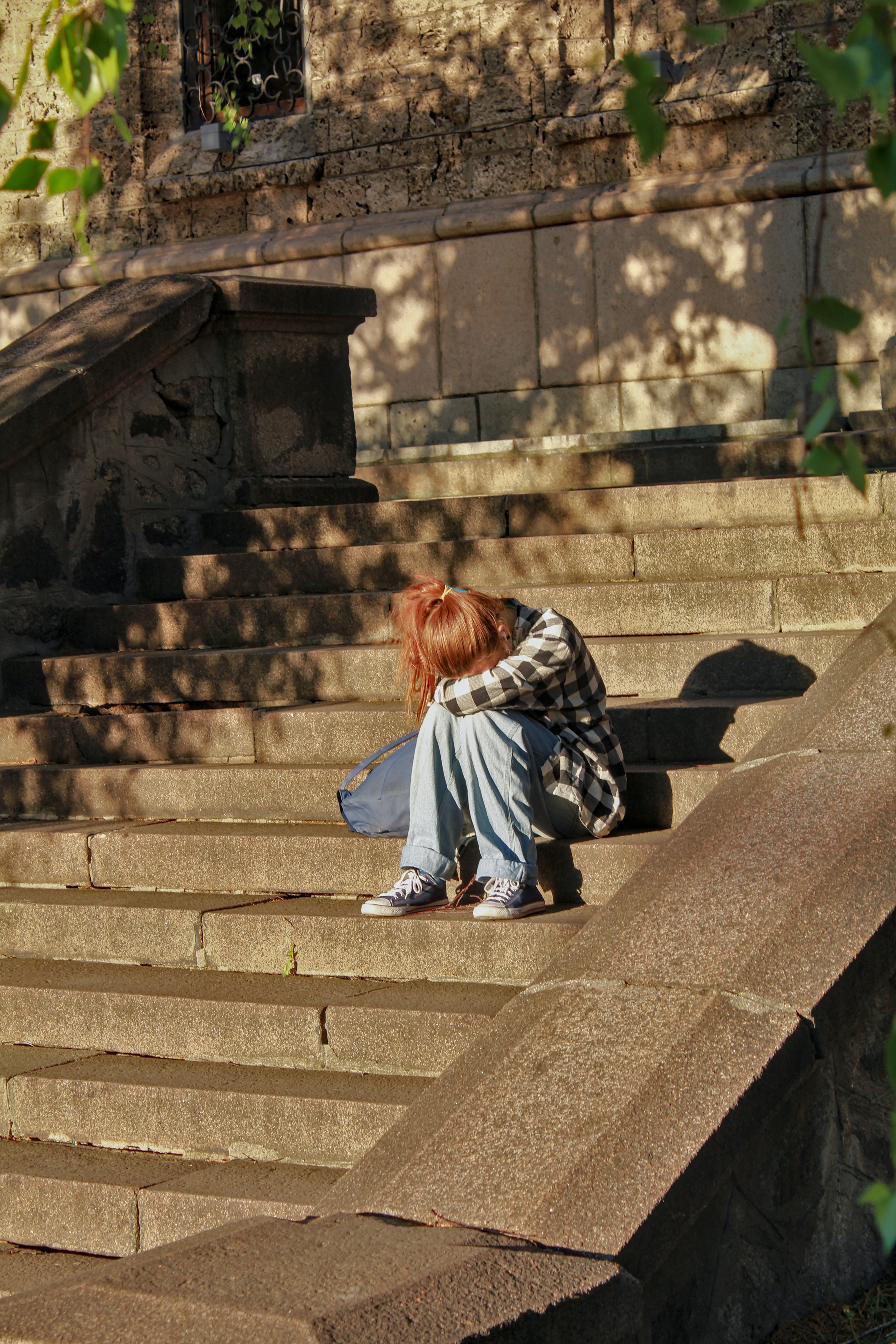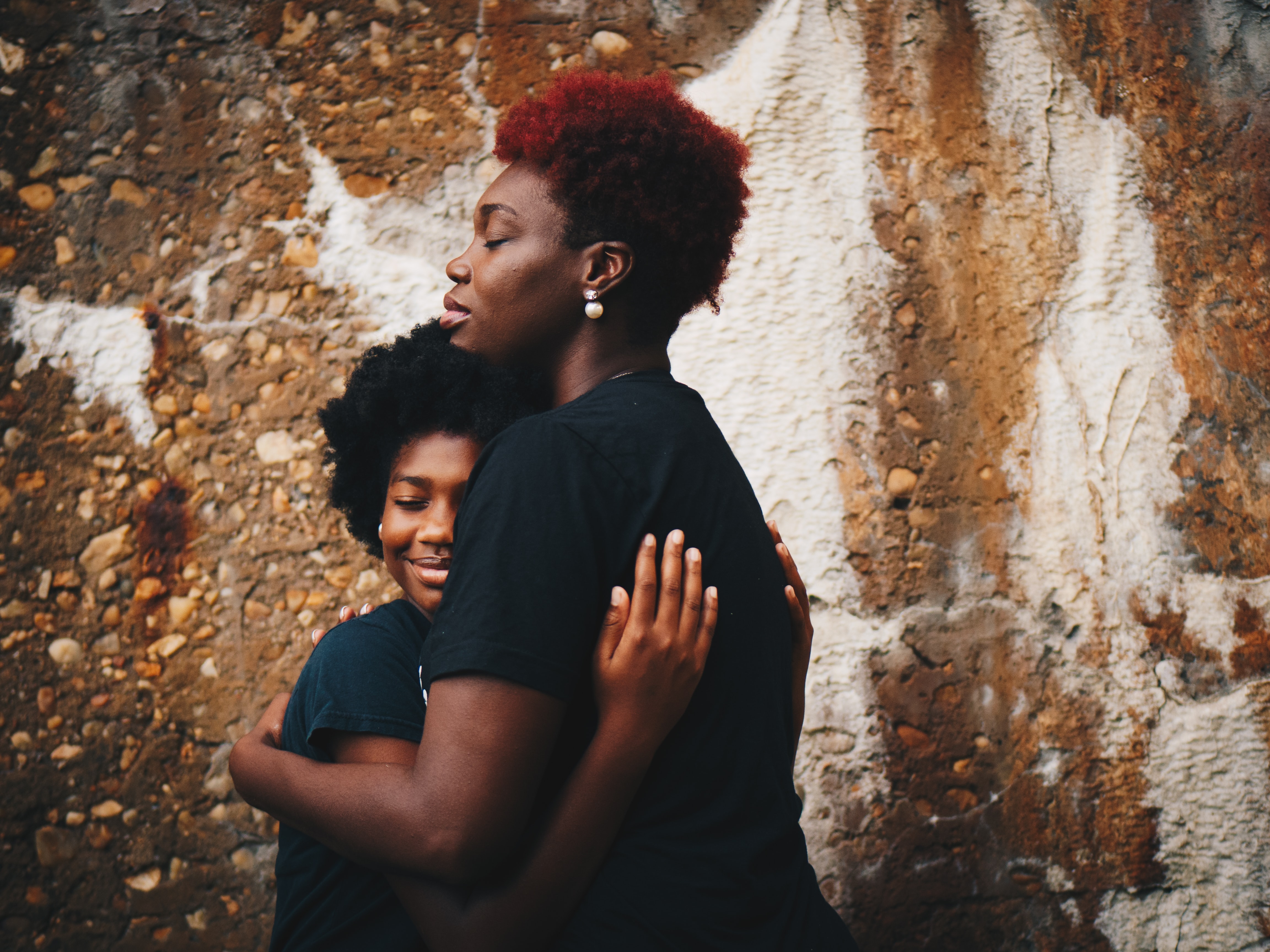The winter months introduce a change in weather, sleep patterns, and emotions that hit some of us pretty hard and may cause an increase in thoughts or feelings of depression. Seasonal depression affects people of all ages and from all walks of life. “Suicide is the second-leading cause of death among people aged 15

Some youth may seem more withdrawn from family and friends when battling with SAD (seasonal affective disorder).
to 24 in the U.S. Nearly 20% of high school students report serious thoughts of suicide and 9% have made an attempt to take their lives, according to the National Alliance on Mental Illness.”
Children in foster care must face seasonal depression head-on and with little resources. Let’s talk about a few ways to watch for signs of seasonal depression and what we can do to help children in foster care shoulder this battle and successfully attend to their self-care needs.
Watching for Signs
The first thing we must all do is take extra time to be aware of the people around us. When children are dealing with mixed emotions, they usually show some signs of it through changed behaviors. Depending on the age, these signs will present differently. The people that are around them regularly should speak up when they notice significant changes.
Try asking things like “I’ve noticed you don’t enjoy listening to music anymore, is everything ok? Do you want to talk?” When an ally points out the behavior change and gives the youth a chance to be open and talk about their emotions, this will invite an alliance of trust. Be ready to give your full presence and attention to the conversation.
It’s widely thought that a change in daylight hours and shifts in sleep patterns causes a phenomenon called SAD, or Seasonal Affective Disorder. Teens and youth in foster care are more likely to experience this issue because of past trauma exposure.
Stay Active & Healthy
The winter months bring about a lot of changes in our physical bodies. The change in daylight hours may cause an increase in natural melatonin and a drop in serotonin. We may also see a drastic change in water consumption when the weather is cooler, and we’re not prompted by the sweltering sun. Remember that staying active and healthy during months of seasonal affective disorder is vital to overall wellness.

Find ways to get youth in foster care involved in new sports and activities to help combat seasonal depression.
Keeping your family engaged and involved in activities all year long can be challenging. But the winter and holiday seasons offer a few ways to get outside or find new activities to stay healthy. Outdoors you can try finding nature-based activities that kids and adults alike would enjoy, such as flag football, basketball, ice skating, or nature hiking. Don’t overlook the power of just getting in the yard with a ball or a canvas to paint.
Arts and crafts during the SAD season can be a great way to incorporate self-care. There are holiday-themed crafts and lots of chances to use the arts to express thoughts and emotions that otherwise would have a harder time being released. Try yoga or stretching activities with a theme while using essential oils for the season like peppermint, orange, or frankincense.
Communication
Communication about feelings and thoughts doesn’t always look like what we expect, especially when it comes to teens and youth in foster care. As we know there are five stages of grief and in between those stages, there is life. The fluctuation of grief is relative to every person’s journey. Depending on a child’s past trauma, certain triggers may be unknown until they happen.

Journaling is a way of giving teens a safe space to express their emotions. (Pic by Gift Habeshaw on Unsplash)
During the months of seasonal depression, it is important to keep lines of communication open and very flexible. Make sure your children have a safe space for communication. This may be a person, place, and or thing. They may need to communicate with a certain person, even if that’s not you. Your youth may need to communicate their feelings in a certain place or way, like a journal in a park.
They may shut down completely and decide to not communicate until they have processed the feelings completely. Do not force them to communicate. Just be watchful of the behaviors that may be harmful or dangerous.
Family is Fluid
The idea of a family may be very fluid for a child in foster care. During the winter months, there is more time to reflect on family, togetherness, and pain. As a family, this is the time to be more sensitive, and more cautious of space and self-care, and this is the time to give grace. Doing family activities like taking photos for the albums, baking cookies, and watching holiday movies may be great one day. The next day may be more somber or chaotic and call for space.
Be very fluid during this time and remember the concept of bonds and attachments. When possible, visitations with biological family members may help youth in foster care to feel connected and empowered during the months that are difficult to be separated from your family.
Get to know your foster children and acknowledge significant days like birthdays, anniversaries of events, and family traditions. Involving everyone in the family unit with duties like cooking and holiday planning is a great way to get through the tough moments and start new family traditions.
Together we can
Seasonal affective disorder, SAD, is a mental health concern that anyone at any age may experience. Having to push through this season as a youth in foster care makes it especially difficult. With the power of unconditional love, grace, and awareness we can help youth combat the “season of blues”. Now that we know what to look for, we know how to prepare for the cold of winter.

Outdoor activities like basketball can be a way to socialize with peers and get sunlight during the winter months to help fight depression.
A youth experiencing SAD (seasonal affective disorder)
- May show signs of withdrawal from friends and family
- May have trouble concentrating
- May have thoughts of death or suicide
- May lose interest in previously enjoyed activities
Caregivers and support persons can help by:
- Being watchful and inviting youth to communicate
- Getting the family involved in active wellness events
- Go slow and remain patient with the person in this experience
- Listen and be present; sometimes there is no problem to fix

